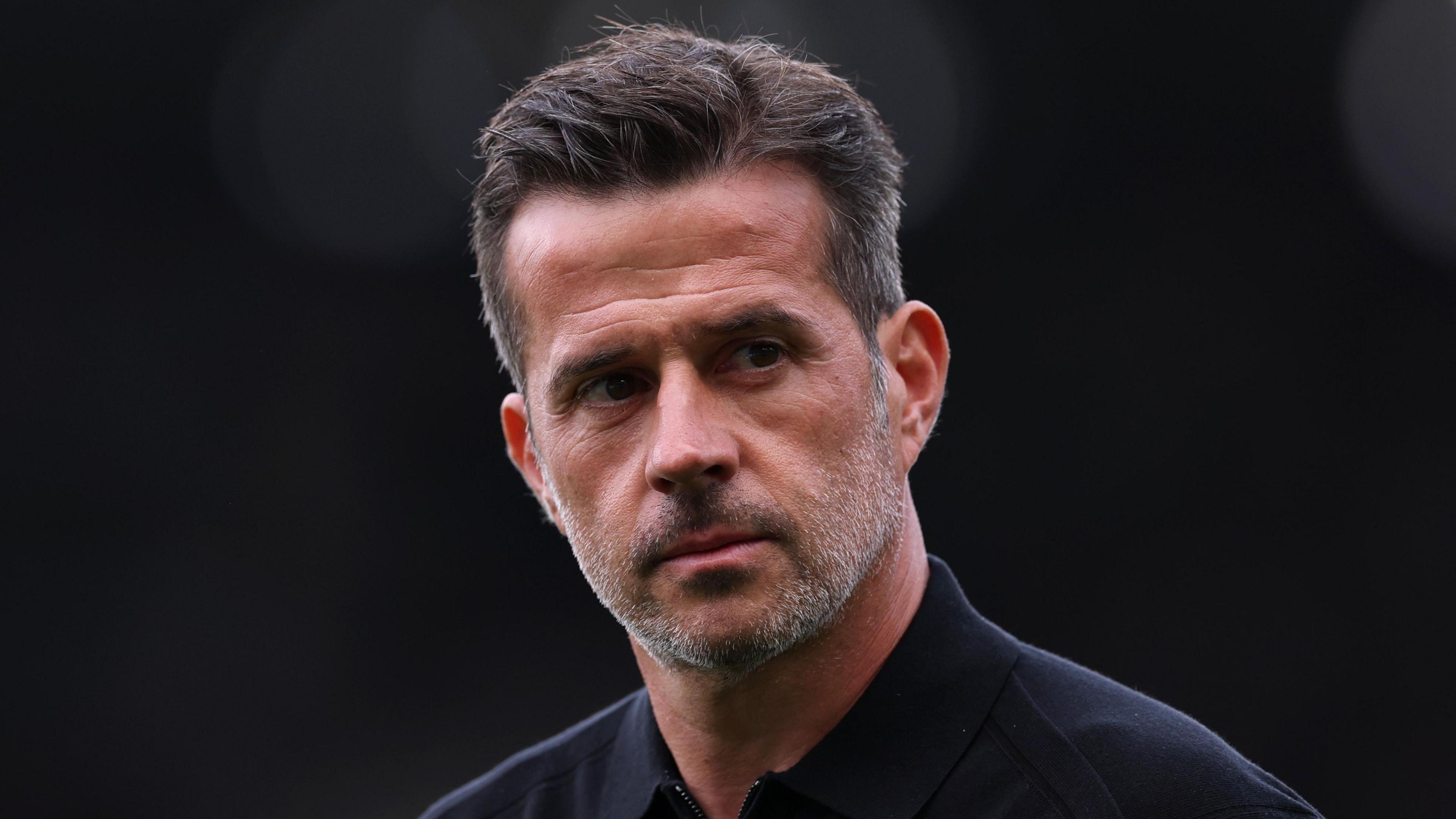Miracle Cure: New Non-Invasive Treatment Revolutionizes Liver Cancer Care

Roger Jackson, an 80-year-old great-grandfather and retired sales manager, faced a grim diagnosis of liver cancer, fearing the worst. Unlike many patients who endure arduous surgery or chemotherapy, Roger became the first person in Europe to undergo a pioneering, non-invasive procedure known as histotripsy. This innovative treatment harnesses focused ultrasound waves to meticulously break down tumors. Crucially, it involves no surgical incisions, heat, or radiation, significantly reducing the risks of complications typically associated with conventional treatments and eliminating a lengthy recovery period.
Roger’s liver cancer diagnosis in July stemmed from an abnormality detected during a routine scan. For approximately a decade, he had been receiving annual liver scans and blood tests following the discovery of early signs of cirrhosis – long-term liver damage often linked to alcohol consumption or viral infections. Despite the severe diagnosis, Roger, who resides in Bedford with his wife Gill, 79, recalled having no preceding symptoms. He candidly admitted to a history of higher alcohol intake, with wine being his usual preference. A week after the concerning scan, a biopsy confirmed hepatocellular carcinoma (HCC), revealing a 2cm tumor.
In August, Roger consulted Dr. Teik Choon See, a consultant interventional radiologist at Cambridge University NHS Foundation Trust, who presented his treatment options, including standard ablation or the novel histotripsy. Roger was immediately drawn to histotripsy due to its non-surgical nature. Addenbrooke’s Hospital in Cambridge, Roger’s nearest major liver unit, became the first UK hospital to offer histotripsy in October, thanks to charitable funding. The procedure gained early access under the Medicines and Healthcare products Regulatory Agency.
The rising incidence of liver cancer is a significant concern. According to Liver Cancer UK, approximately 6,000 Britons die from liver cancer annually, with figures indicating a 41 percent increase in deaths in England and Wales between 2013 and 2024. Professor Stephen Ryder, a consultant hepatologist at Nottingham Hospitals NHS Trust, suggests this rise is likely attributable to an increase in alcohol-related liver injury, exacerbated during the pandemic, and a surge in fatty liver disease, with two-thirds of the population being overweight. He explains that chronic damage to liver cells leads to scarring, eventually distorting the liver in a condition known as cirrhosis. Professor Ryder emphasizes that around 90 percent of liver cancers develop in individuals who already have cirrhosis.
Traditional treatment avenues for liver cancer include surgical removal of part of the liver or a full liver transplant. However, these options carry substantial risks and can involve significant delays; the NHS reports an average waiting time of five to seven months for a liver transplant. Thermal ablation offers a minimally invasive alternative, using heat to destroy cancerous cells under general anesthetic, typically requiring an overnight hospital stay and about a week for recovery. Yet, this method still involves a small incision, posing risks of infection, bleeding, or damage to surrounding blood vessels.
Histotripsy presents a compelling advancement, potentially mitigating these risks and allowing patients to resume normal life immediately. Developed by a US-based medical company, histotripsy has been successfully used to treat over 2,000 liver cancer patients in clinical trials. A 2025 study published in the Journal of Gastrointestinal Surgery, involving 295 patients at the Cleveland Clinic, Ohio, confirmed the safety and minimal complications of histotripsy for liver tumors, comparing favorably with other surgical treatments. However, long-term data on success rates are still being gathered.
Dr. See identified Roger as an ideal candidate for the new treatment, noting that the tumor was clearly visible under ultrasound, allowing for precise targeting. During the procedure, patients receive a general anesthetic to ensure immobility. A specialized water bath containing 'degassed' water (with most air removed) is then placed on the patient’s abdomen over the liver, as ultrasound waves travel more accurately through water. The duration of the treatment varies with tumor type and size; Roger’s procedure concluded in just 20 minutes, a significant reduction compared to at least one hour for ablation or two to six hours for surgery.
Dr. See further elaborated on the mechanism: “The targeted sound waves create microscopic bubbles in the liquid within the tissue around the cancer cells. This mass of bubbles forms and collapses thousands of times and, in effect, explodes, which then destroys the cancer. But the surrounding tissue is unharmed. The cancer cells are liquefied and absorbed into the body over the next month or two, leaving a small scar on the liver.” Professor Ryder commented on histotripsy, stating, “Potentially it’s a very interesting treatment because it doesn’t involve external trauma.” He acknowledged that further research is needed to determine the maximum size of cancer that can be targeted and whether long-term outcomes match those of ablation, but expressed optimism.
A critical advantage of histotripsy is that if the treatment were unsuccessful due to inaccurate targeting or a large tumor, a patient could still undergo ablation. However, ablation cannot be performed first, as the heat alters the structure of the cancer and adjacent cells, complicating subsequent differentiation for destruction. A second UK patient is scheduled to receive histotripsy treatment later this month. Currently, histotripsy is limited to liver cancers, though trials are underway in the US to assess its feasibility for treating pancreatic cancer.
A CT scan performed the day after Roger’s procedure showed a small mark on his liver where the ultrasound was directed, but crucially, no signs of cancer. Roger expressed profound gratitude, stating, “I had no symptoms or discomfort beforehand and none afterwards, so in many ways it felt as if nothing had happened. I’ll go back for regular checks, but I don’t need to take any medication. I’m so grateful I could have it – I was luckily in the right place at the right time.”
You may also like...
Fulham Makes Bold Move: Manager Marco Silva Offered New Contract Extension

Fulham has offered manager Marco Silva a new contract as his current deal approaches its expiration. The club aims to ex...
Blockbuster 'Wicked: For Good' Smashes Ticket Records Ahead of NYC Premiere

"Wicked: For Good" has already set a record as Fandango's biggest first-day ticket preseller of 2025, signaling immense ...
Doha Film Festival Kicks Off with 'The Voice of Hind Rajab,' Attracting Industry Heavyweights

The inaugural Doha Film Festival, led by DFI CEO Fatma Hassan Alremaihi, transforms Qatar's film landscape with an ambit...
Festival Fiasco! Gonapamuhanya Plunges Into Mayhem with Tear Gas, VP Present!

The Gonapamuhanya Festival, intended as a cultural unity event for the Tumbuka people, descended into violence and chaos...
Yungblud Defies Global Chaos: 2026 Australian Tour Rages On!

Yungblud has canceled all remaining 2025 tour dates due to medical advice concerning his vocal and blood test results. H...
Stars Align: David Oyelowo, Davido & More Dazzle at AFRIFF 2025, Celebrating Africa’s Cinematic Prowess

The AFRIFF Globe Awards recently transformed Lagos into a hub of African cinema and culture, celebrating distinguished h...
Miracle Cure: New Non-Invasive Treatment Revolutionizes Liver Cancer Care

Roger Jackson, an 80-year-old liver cancer patient, became the first in Europe to receive histotripsy, a non-invasive ul...
Winter Woes: NHS on Brink as Superbugs Threaten to Overwhelm Health Service

A leading charity warns of an impending superbug crisis threatening the NHS this winter, fueled by rising antibiotic res...